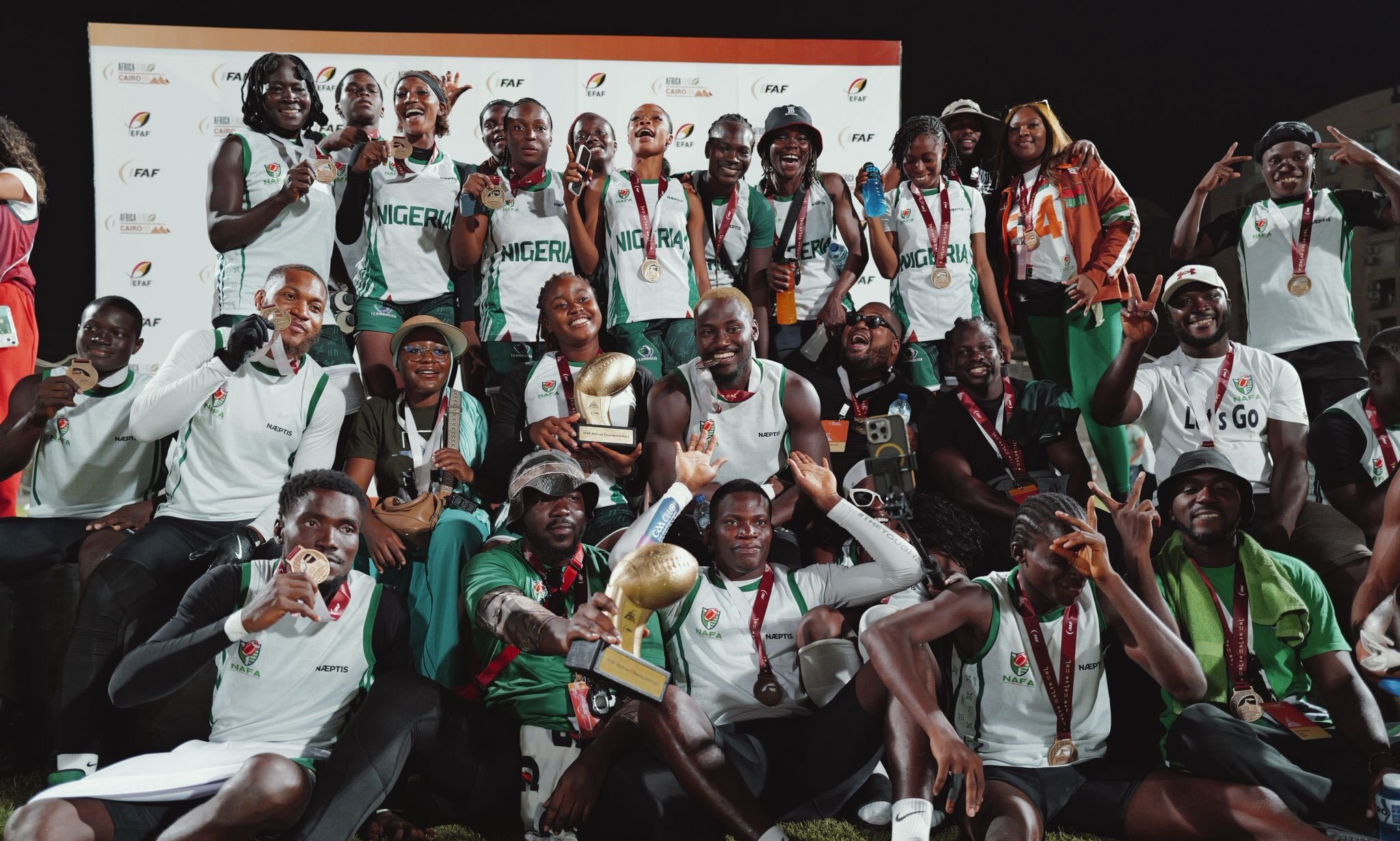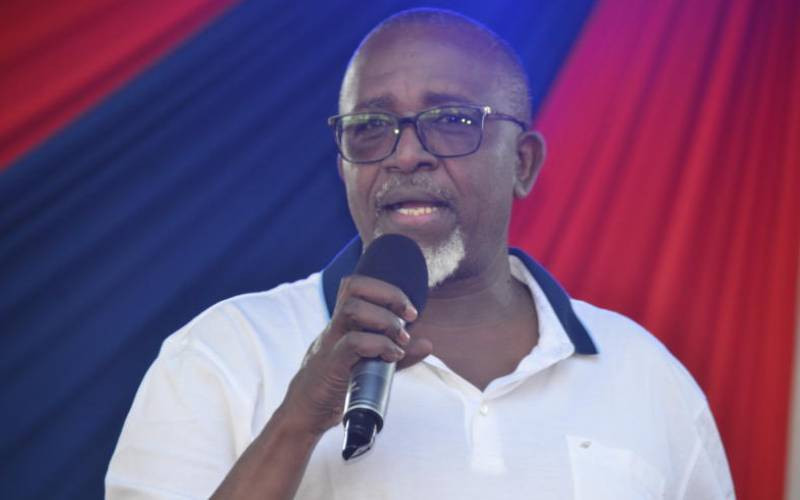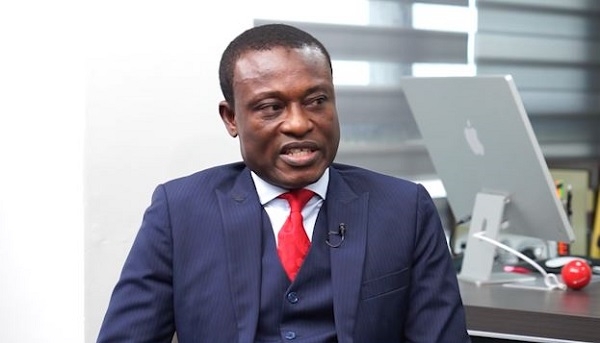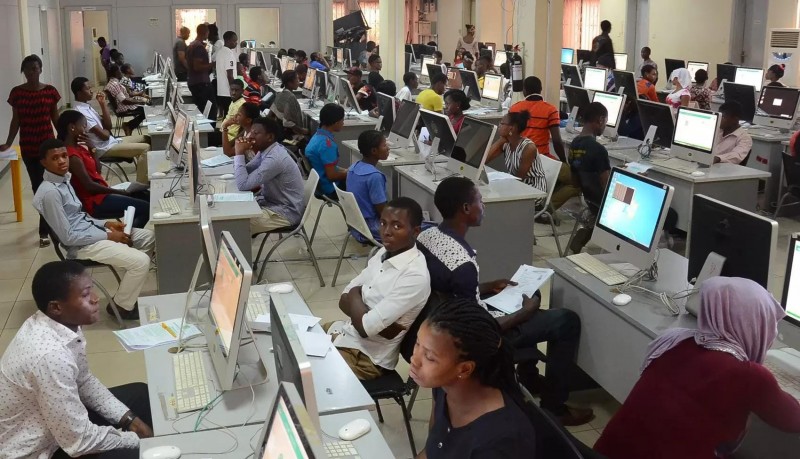Mauritius Online: How a Paradise Island is Beaming Broadband (Even from Space)

Mauritius, known for its remote tropical locale, boasts one of Africa’s highest rates of internet connectivity. As of early 2025, an estimated , representing about datareportal.com. In fact, the country now has – over by 2024 (roughly 178 subscriptions per 100 inhabitants) icta.mu. This figure reflects the common use of , such as a home fiber line alongside mobile data on smartphones. Virtually all internet access in Mauritius is , with narrowband (dial-up) now practically extinct statsmauritius.govmu.org statsmauritius.govmu.org.
usage, accounting for about statsmauritius.govmu.org. In 2022, out of ~1.86 million broadband subscriptions, and connections statsmauritius.govmu.org. This gap has been widening as mobile internet grows faster – mobile internet subscriptions rose 8% in 2022, versus 1.6% growth in fixed lines statsmauritius.govmu.org statsmauritius.govmu.org. is also high: by 2020, about , up from ~69.7% in 2018 statsmauritius.govmu.org. Internet use is nearly universal among young people (over 95% of ages 12–29 were online in 2020), though lower among older demographics undp.org undp.org. Overall, roughly two-thirds of Mauritians were internet users in 2020, and this has grown to nearly four-fifths by 2025 as digital access continues to expand datareportal.com.
Broadband . Mobile networks cover with at least 2G/3G/4G signal statsmauritius.govmu.org. Fourth-generation (4G LTE) service is essentially ubiquitous, and even (more on that below). On the fixed side, Mauritius undertook an aggressive fiber-optic deployment — achieving telecom.mu telecom.mu. Today every town and village has access to high-speed fiber broadband, a unique achievement on the continent. As a result, fixed broadband speeds have improved markedly; for example, the average download rate on fixed lines is around 55 Mbps worlddata.info, and entry-level home fiber plans now offer speeds telecom.mu. This pervasive connectivity has transformed Mauritius into a true “,” supporting everything from e-government services to an ICT-driven economy.
Despite its small size, Mauritius has a competitive telecom sector with multiple operators. As of 2022, there were and , alongside 2 fixed-line telephone providers statsmauritius.govmu.org. The market is led by a few key players:
Below is a summary of the major telecommunications providers in Mauritius:
| (my.t) | Fixed telephony; Fiber broadband; Mobile (my.t Mobile); TV | Largest operator (≈60% mobile share) connectingafrica.com; national backbone owner | Part government-owned; 100% island-wide fiber coverage telecom.mu telecom.mu; Launched first 5G zones in 2021 telecom.mu. |
| Mobile (2G/3G/4G/5G); Fixed wireless and FTTH in some areas; Enterprise services | 2nd largest mobile operator (≈22% share) connectingafrica.com | First to launch mobile services in 1989; 5G launched 2023 with 60% population coverage connectingafrica.com connectingafrica.com; Part of METISS submarine cable consortium. | |
| (Chili) | Mobile (voice, 4G data); some fixed wireless offerings | 3rd mobile operator (≈17% share) connectingafrica.com | Backed by India’s MTNL; Focus on low-cost plans; Received 5G license (2021) connectingafrica.com, but limited 5G deployment so far. |
| Fixed broadband (fiber to home) | Niche FTTH provider (small market share) | GPON fiber network in parts of island; entry of new investors has been limited by MT’s dominance. | |
| (Various) | Enterprise data services; international gateway; VSAT/satellite | — | e.g. Paratus, Huawei (MT), CEB Fibernet, etc., providing corporate internet, data center, or wholesale bandwidth services. |
(Market share figures are for mobile subscribers as of mid-2023) connectingafrica.com.
The Mauritian government has long viewed ICT as the “” of the economy, branding the nation a “Cyber Island.” To realize this vision, authorities have launched ambitious digital strategies:
Overall, Mauritius’ leadership has shown as drivers of economic growth. The country regularly updates its ICT strategies to incorporate emerging technologies (AI, blockchain, fintech) and ensure that infrastructure keeps pace with demand. This pro-active governance is a major reason the island has become a regional ICT success story, despite its small size and remoteness.
Ensuring a fast and resilient internet in an island nation requires robust infrastructure. Mauritius has invested heavily in , domestic fiber, and wireless networks:
With these cables, Mauritius now enjoys for redundancy: a west route via South Africa (SAFE/WACS + T3), a north/east Africa route (LION2 → EASSy/EIG), and an east route to Asia (SAFE to India/Malaysia) telecom.mu telecom.mu. This diversity paid off in early 2024 when a major outage on other regional cables only briefly affected Mauritius – backup routes limited the disruption to about 5 hours techpoint.africa. Total international bandwidth usage in Mauritius reached , up 12% from the year before statsmauritius.govmu.org, and will continue climbing as new cables come online.Mauritius’ , enabling the island to leapfrog many larger countries in connectivity. The combination of , , and provides a solid foundation for current and future digital needs. The table below summarizes key components of this infrastructure:
| (SAFE, LION/LION2, METISS, MARS, T3) providing diverse routes datacenterdynamics.com datacenterdynamics.com. Planned to add massive new capacity by ~2026 techpoint.africa techpoint.africa. Total international capacity in tens of terabits; resilient multi-route network. | |
| of all towns and villages with fiber (completed 2017) telecom.mu telecom.mu. Over (2022) statsmauritius.govmu.org, all on broadband (mostly fiber). Entry-level speeds 50 Mbps; 1 Gbps home plans available telecom.mu. | |
| statsmauritius.govmu.org on main island (and coverage in Rodrigues via local towers). As of 2023, about capable datareportal.com. launched 2021–2023; ~50–60% population covered early 2024 connectingafrica.com connectingafrica.com, expanding toward nationwide coverage. | |
| (168% teledensity) datareportal.com. Three operators with extensive tower infrastructure; many sites upgraded to 4G and gradually to 5G. 166 per 100 people statsmauritius.govmu.org (many users carry multiple SIMs/devices). | |
| Fully fiber-optic domestic backbone connecting all regions. At least one (IXP) in Mauritius for local traffic peering, and major content providers host caches locally (Google, Netflix, Facebook etc.) to improve speed telecom.mu. Data centers: Tier IV national data center and others hosting cloud and enterprise services. |
Mauritius has relatively compared to larger countries. Although ~59% of the population lives in rural areas datareportal.com, even small villages enjoy fiber connectivity and mobile coverage. Since the island is only ~2,040 km², the same infrastructure that covers cities also reaches most rural settlements. , whether in cities or countryside, thanks to the island-wide rollout completed in 2017 telecom.mu. Mobile base stations are distributed such that 2G/3G/4G signals cover practically all inhabited zones statsmauritius.govmu.org. Consequently, rural inhabitants can access similar broadband packages as urban residents – a remarkable achievement in bridging the connectivity gap.
That said, are more about than availability. Some remote communities (particularly older residents or low-income households) have been slower to adopt home internet, even when the infrastructure exists. The government’s (Wi-Fi Mauritius) specifically targeted community centers and public areas in rural villages to encourage internet use where people might not otherwise subscribeist-africa.org. By providing free access in these areas (with usage limits), the program has introduced many to the online world and helped drive up digital literacy outside the cities.
The primary truly remote region in the Republic is , which lies far to the east of Mauritius. Prior to 2019, Rodrigues relied on satellite links, resulting in slower speeds and higher costs for its 40,000 residents. The launch of the in 2019 changed this dramatically: Rodrigues now has a high-speed fiber connection to Mauritius (and thus to the global internet) en.wikipedia.org. Broadband services (both fixed and mobile 4G) in Rodrigues have since expanded, though the island’s smaller population and economy mean uptake is still growing. Rodrigues is also benefiting from the new LEO satellite service (discussed below) for redundancy. Other outer islands (Agalega, St. Brandon) are sparsely populated; they remain dependent on satellite communication for basic connectivity due to their minuscule communities and lack of fiber links.
In summary, on the main islands. Virtually every community can get broadband, and the government’s universal access policies have focused on ensuring even the most remote citizens are not left offline. Ongoing initiatives in digital literacy and subsidized access aim to close any remaining gaps in usage. As a result, rural Mauritians are coming online nearly at the same rate as urban residents – a rare case in the developing world where countryside connectivity almost equals that of the city afrobarometer.org.
Internet access in Mauritius has become more affordable over time, though it is still a significant expense for some households. The competitive provider landscape and government oversight have led to steady improvements in price-to-speed value:
Despite these positive trends, for lower-income groups. A segment of the population (especially those earning minimum wage or in the informal sector) may find even $20/month for home internet too high. Many of them rely solely on mobile data, topping up in small increments (which per GB is costlier). The government’s continued effort in providing free Wi-Fi zones and promoting community internet access is aimed at these groups. There have also been discussions about expanding low-income broadband packages or “internet light” plans with basic service at very low cost, to ensure inclusivity.
In summary, internet access in Mauritius is getting cheaper and faster. By regional standards, both fixed and mobile broadband are affordably priced relative to incomes. The combination of competition, regulatory oversight, and new infrastructure (which lowers underlying costs) has created a virtuous cycle of better value for consumers. As Mauritius pushes toward its digital economy goals, maintaining affordability will be key so that no Mauritian is priced out of the online world.
Even with extensive fiber and mobile coverage, Mauritius is leveraging satellite internet from space to complement its terrestrial networks. Satellite connectivity provides an extra layer of redundancy and can serve locations or situations where traditional networks fall short. There are a few facets to the role of satellite broadband in Mauritius:
In a figurative sense, Mauritius is covering all bases: undersea, on land, and now in space. While satellite internet will likely remain a supplementary service (given the strength of fiber and mobile networks on the ground), it plays a crucial strategic role for reliability. As climate change and other risks threaten undersea cables, having an overhead broadband option ensures that this paradise island can stay connected to the world, come what may.
Mauritius’ digital journey is far from over – in fact, the next few years promise even greater advancements as the country embraces 5G, smart technologies, and digital transformation initiatives:
In conclusion, Mauritius has transformed itself into a model of digital development. From near-zero internet penetration in the 1990s, it now stands at almost 80% usage and climbing datareportal.com. Broadband is accessible virtually everywhere on the island, delivered through an impressive mix of fiber optics, cellular networks, and even satellites. Government initiatives have aligned with tech progress to ensure that this connectivity translates into socio-economic benefits. As 5G matures and new technologies emerge, Mauritius is well poised to beam even brighter in the digital age – truly an example of how a small island nation can harness broadband (even from space) to overcome its isolation and thrive in the global digital economy.
Sources:










